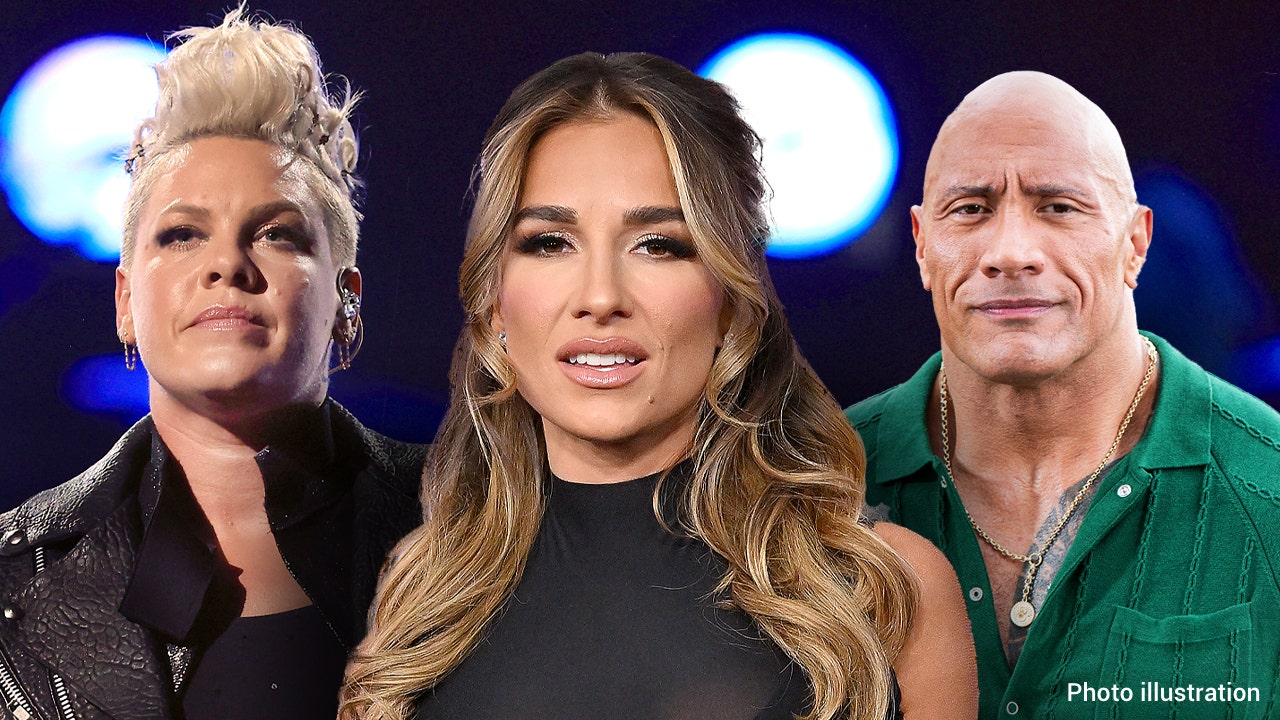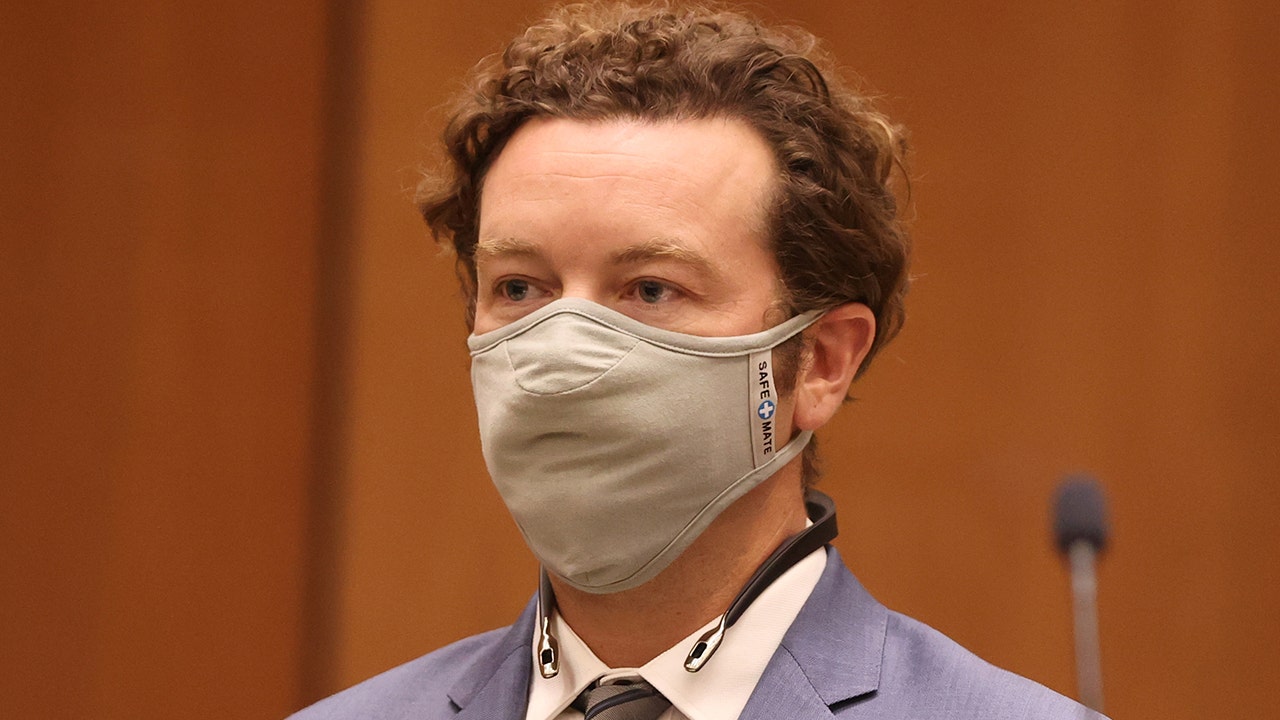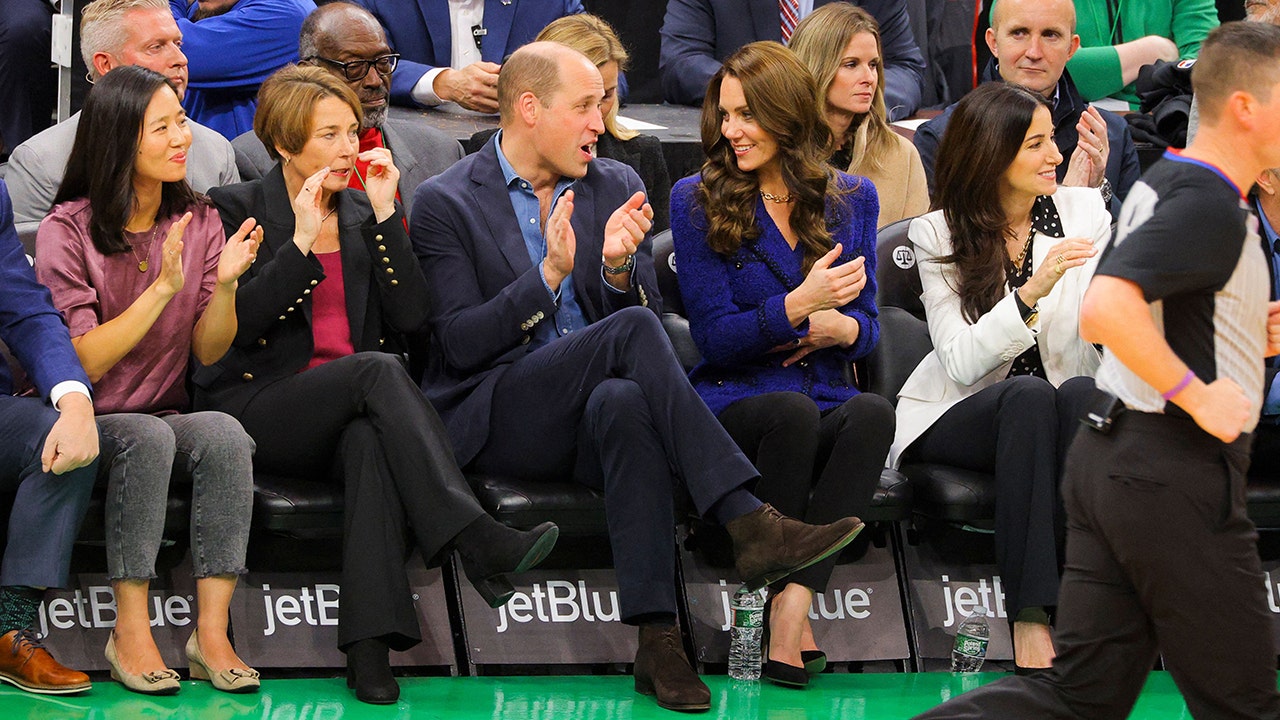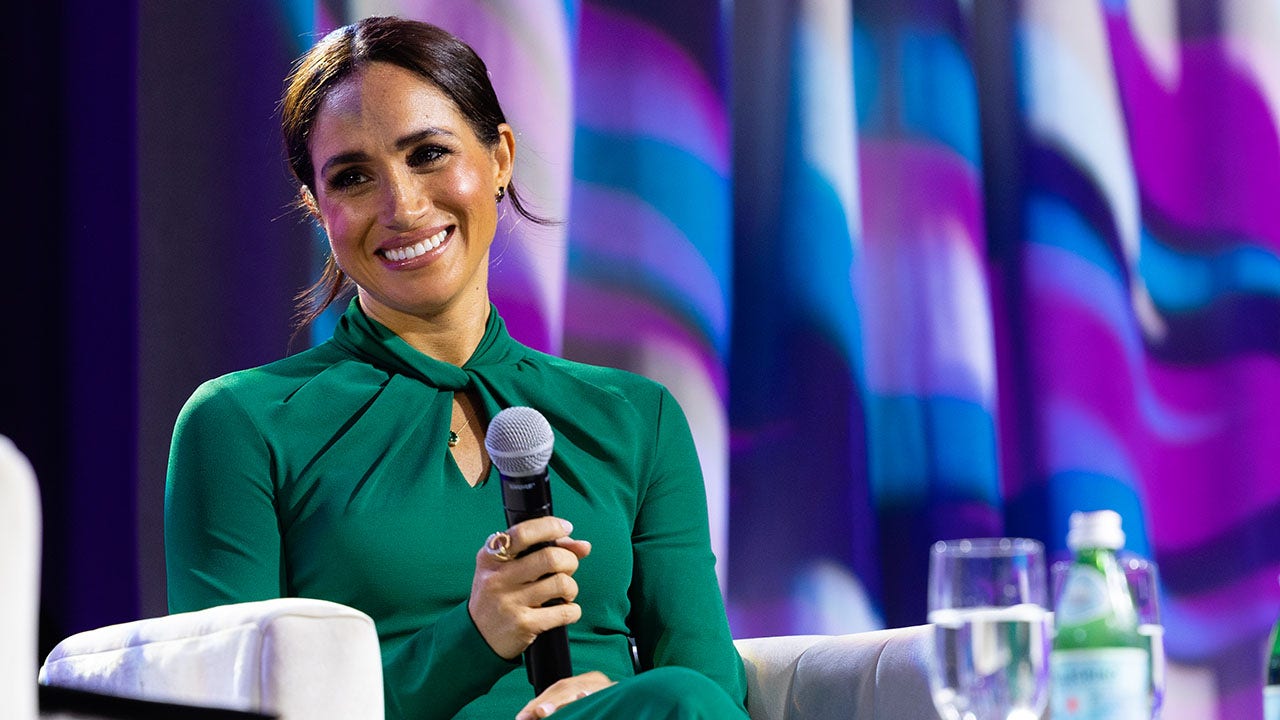What’s in a name? Well, for Ji-Young, the newest muppet resident of “tv” target=”_blank”>Sesame Street<

Ernie, a muppet from the popular children’s series "Sesame Street," appears with new character Ji-Young, the first Asian American muppet, on the set of the long-running children’s program in New York on Nov. 1, 2021. (AP Photo/Noreen Nasir)
Ji-Young will formally be introduced in “See Us Coming Together: A Sesame Street Special.” Simu Liu, Padma Lakshmi and Naomi Osaka are among the celebrities appearing in the special, which will drop Thanksgiving Day on HBO Max, “Sesame Street” social media platforms and on local PBS stations.
Some of Ji-Young’s personality comes from her puppeteer. Kathleen Kim, 41 and Korean American, got into puppetry in her 30s. In 2014, she was accepted into a “Sesame Street” workshop. That evolved into a mentorship and becoming part of the team the following year. Being a puppeteer on a show Kim watched growing up was a dream come true. But helping shape an original muppet is a whole other feat.
“I feel like I have a lot of weight that maybe I’m putting on myself to teach these lessons and to be this representative that I did not have as a kid,” Kim said. But fellow puppeteer Leslie Carrara-Rudolph — who performs Abby Cadabby — reminded her, “It’s not about us … It’s about this message.”
Ji-Young’s existence is the culmination of a lot of discussions after the events of 2020 — George Floyd’s death and anti-Asian hate incidents. Like a lot of companies, “Sesame Street” reflected on how it could “meet the moment,” said Kay Wilson Stallings, executive vice-president of Creative and Production for Sesame Workshop, the nonprofit organization behind “Sesame Street.”
Sesame Workshop established two task forces — one to look at its content and another to look at its own diversity. What developed was Coming Together, a multi-year initiative addressing how to talk to children about race, ethnicity, and culture.
One result was 8-year-old Tamir. While not the show’s first Black muppet, he was one of the first used to talk about subjects like racism.
“When we knew we were going to be doing this work that was going to focus on the Asian and Pacific Islanders experience, we of course knew we needed to create an Asian muppet as well,” Stallings said.
These newer muppets — their personalities and their looks — were remarkably constructed in a matter of months. The process normally takes at least a couple of years. There are outside experts and a cross-section of employees known as the “culture trust” who weigh in on every aspect of a new muppet, Stallings said.
For Kim, it was crucial that Ji-Young not be “generically pan-Asian.”
“Because that’s something that all Asian Americans have experienced. They kind of want to lump us into this monolithic ‘Asian,'” Kim said. “So it was very important that she was specifically Korean American, not just like, generically Korean, but she was born here.”
One thing Ji-Young will help teach children is how to be a good “upstander.” “Sesame Street” first used the term on its “The Power of We” TV special last year, which featured Tamir.
“Being an upstander means you point out things that are wrong or something that someone does or says that is based on their negative attitude towards the person because of the color of their skin or the language they speak or where they’re from,” Stallings said. “We want our audience to understand they can be upstanders.”
In “See Us Coming Together,” Sesame Street is preparing for Neighbor Day where everyone shares food, music or dance from their culture. Ji-Young becomes upset after a kid, off screen, tells her “to go back home,” an insult commonly flung at Asian Americans and Pacific Islanders. But she feels empowered after Sesame Street’s other Asian American residents, guest stars and friends like Elmo assure her that she belongs as much as anyone else.
The fact that Ji-Young was created to counter anti-Asian sentiment makes her more special to Kim in some ways.
“I remember like the Atlanta shootings and how terrifying that was for me,” Kim said. “My one hope, obviously, is to actually help teach what racism is, help teach kids to be able to recognize it and then speak out against it. But then my other hope for Ji-Young is that she just normalizes seeing different kinds of looking kids on TV.”
Vanessa Leung, co-executive director of Coalition for Asian American Children and Families, is excited about Ji-Young. The organization was not involved in Ji-Young’s creation but previously consulted on anti-racism content for Sesame Workshop. It matters when Asian American families, especially with many of them being immigrant families, can see themselves reflected in an institution like “Sesame Street,” Leung said.
“It sparks curiosity and early understanding of the diversity of our community, the beauty in the diversity of our community,” Leung said.
Ji-Young will be heavily present throughout the new season, Stallings reassured. She also won’t just be utilized for content related to racial justice. She will pop up in various digital programs, live-action and animated.
As the new kid on the street, Ji-Young is looking forward to showing her friends and neighbors aspects of Korean culture such as the food. She loves cooking dishes like tteokbokki (chewy rice cakes) with her halmoni (grandmother). And she already has one “Sesame Street” friend who wants a sample.
“I would love to try it,” said Ernie, who joined Ji-Young’s interview. “You know, I’ve tried bulgogi. I really like bulgogi. I’m gonna guess that maybe old buddy Bert has not tried Korean food.”
Having already made several famous friends on “Sesame Street,” is there anyone Ji-Young still really wants to meet?
CLICK HERE TO GET THE FOX NEWS APP
“The Linda Lindas because they’re so cool,” Ji-Young said, referring to the teenage punk rock band. “And they rock out and they’re cool girls and most of them are Asian. They’re my heroes. If we can get the Linda Lindas on ‘Sesame Street,’ I would show them around.”
 Iktodaypk Latest international news, sport and comment
Iktodaypk Latest international news, sport and comment




